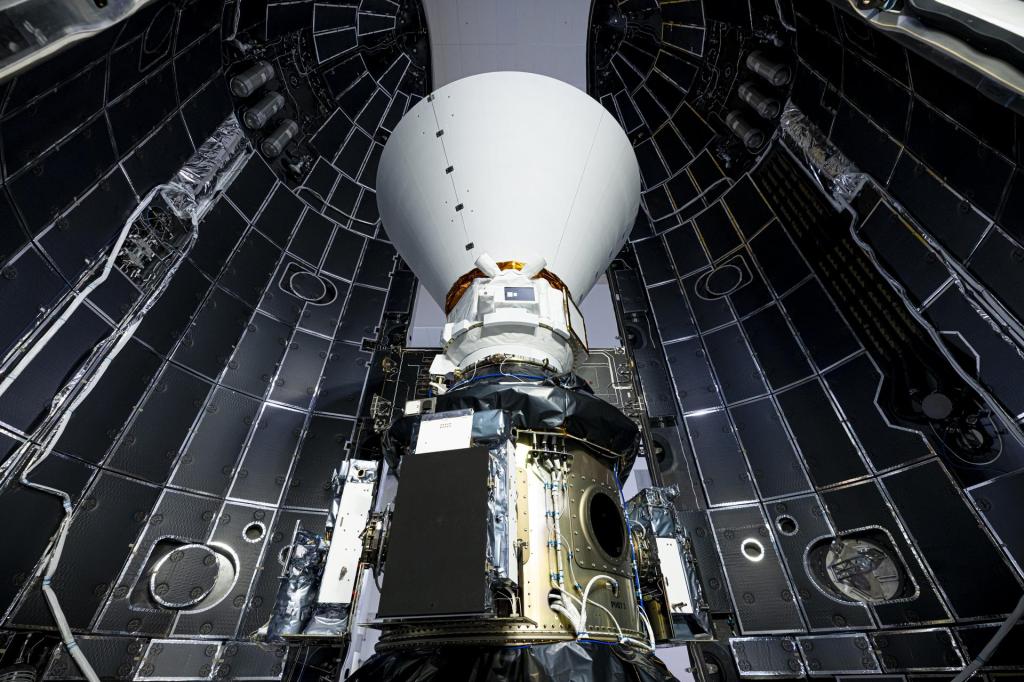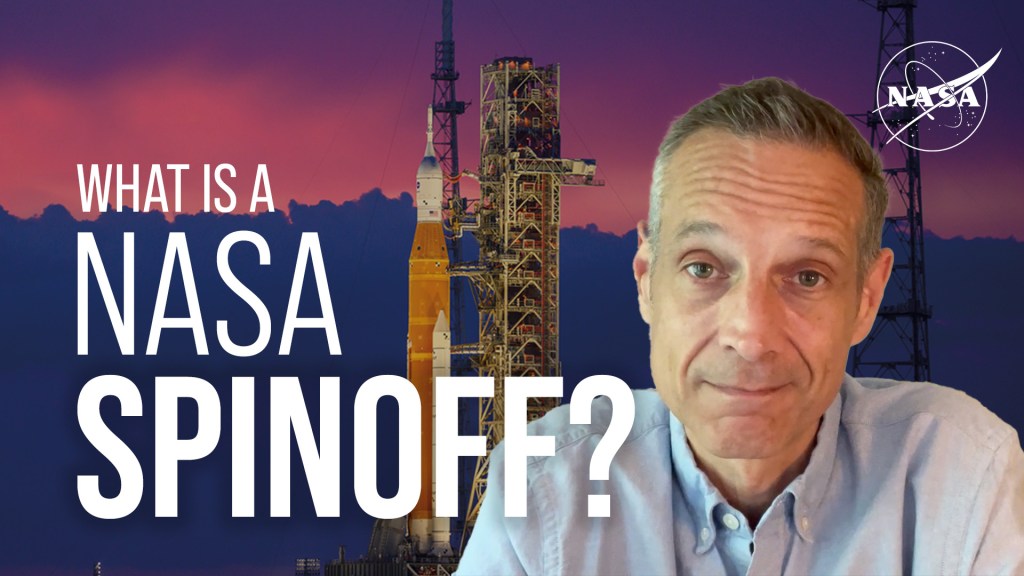NASA is targeting the final test in the Green Run series, the hot fire, for as early as Jan.17. The hot fire is the culmination of the Green Run test series, an eight-part test campaign that gradually brings the core stage of the Space Launch System (SLS) — the deep space rocket that will power the agency’s next-generation human Moon missions — to life for the first time.
NASA conducted the seventh test of the SLS core stage Green Run test series – the wet dress rehearsal – on Dec. 20 at NASA’s Stennis Space Center near Bay St. Louis, Mississippi and marked the first time cryogenic, or super cold, liquid propellant was fully loaded into, and drained from, the SLS core stage’s two immense tanks. The wet dress rehearsal provided structural and environmental data, verified the stage’s cryogenic storage capabilities, demonstrated software with the stage’s flight computers and avionics, and conducted functional checks of all the stage’s systems. The end of the test was automatically stopped a few minutes early due to timing on a valve closure. Subsequent analysis of the data determined the valve’s predicted closure was off by a fraction of a second, and the hardware, software, and stage controller all performed properly to stop the test. The team has corrected the timing and is ready to proceed with the final test of the Green Run series.

“During our wet dress rehearsal Green Run test, the core stage, the stage controller, and the Green Run software all performed flawlessly, and there were no leaks when the tanks were fully loaded and replenished for approximately two hours,” said Julie Bassler, SLS Stages manager at NASA’s Marshall Space Flight Center in Huntsville, Alabama. “Data from all the tests to date has given us the confidence to proceed with the hot fire.”
The upcoming hot fire test will fire all four of the stage’s RS-25 engines simultaneously for up to eight minutes to simulate the core stage’s performance during launch. After the firing at Stennis, the core stage for SLS will be refurbished and shipped on the agency’s Pegasus barge to NASA’s Kennedy Space Center in Florida. The stage will then be assembled with the other parts of the rocket and NASA’s Orion spacecraft in preparation for Artemis I, the first integrated flight of SLS and Orion and the first mission of the agency’s Artemis program.
“The next few days are critical in preparing the Artemis I rocket stage, the B-2 Test Stand at NASA’s Stennis Space Center, and the test team for the finale of the Green Run test series,” said Barry Robinson, project manager for SLS core stage Green Run testing at Stennis. “The upcoming Green Run hot fire test is the culmination of a lot of hard work by this team as we approach a key milestone event for NASA’s Artemis missions.”
Testing the SLS rocket’s core stage is a combined effort for NASA and its industry partners. Boeing is the prime contractor for the core stage and Aerojet Rocketdyne is the lead contractor for the RS-25 engines. Prior tests in the Green Run test series evaluated the stage’s avionics systems, propulsion systems, and hydraulic systems.
NASA is working to land the first woman and the next man on the Moon by 2024. SLS, and Orion, along with the human landing system and the Gateway in orbit around the Moon, are NASA’s backbone for deep space exploration. SLS is the only rocket that can send Orion, astronauts, and supplies to the Moon on a single mission.
For more on NASA’s SLS, visit:
For more on NASA’s SLS core stage Green Run test series, visit:



























